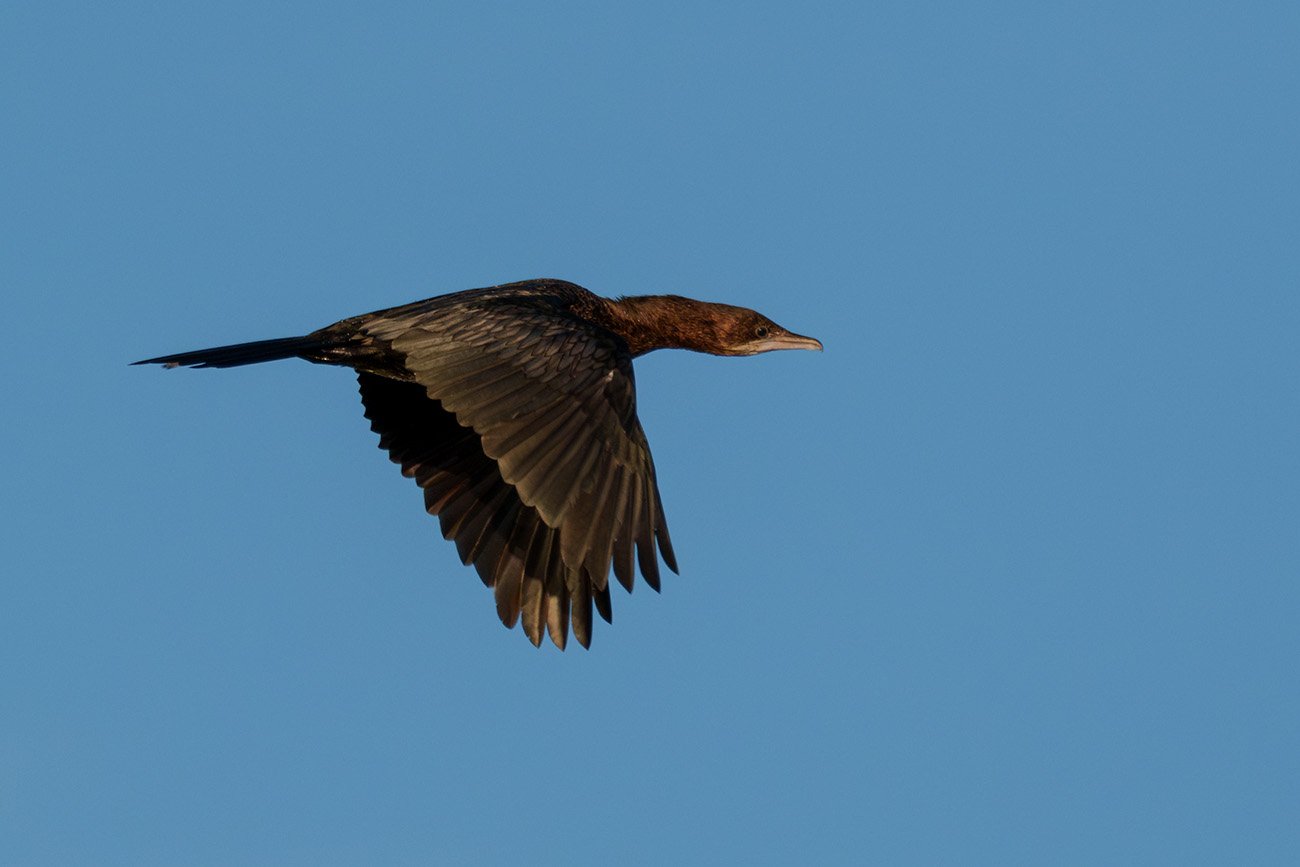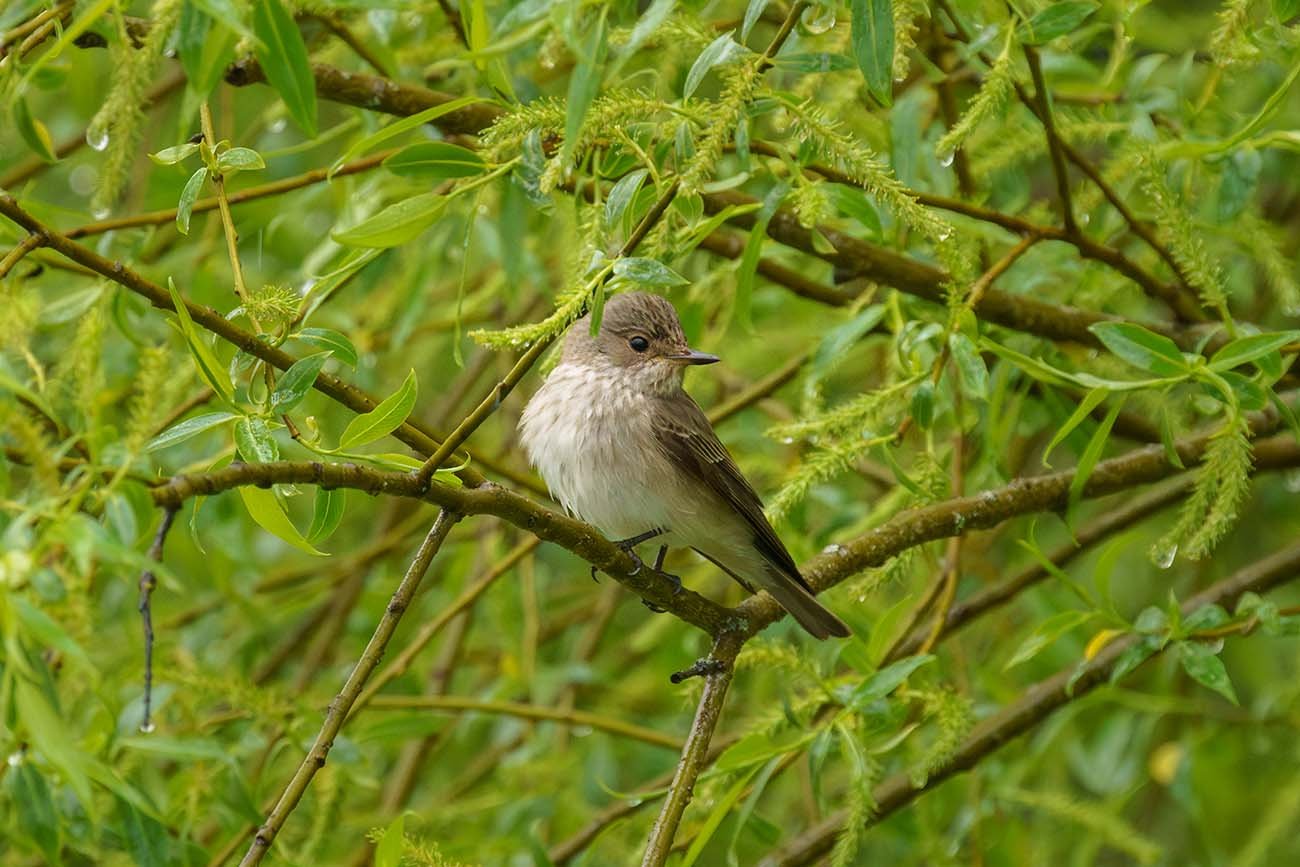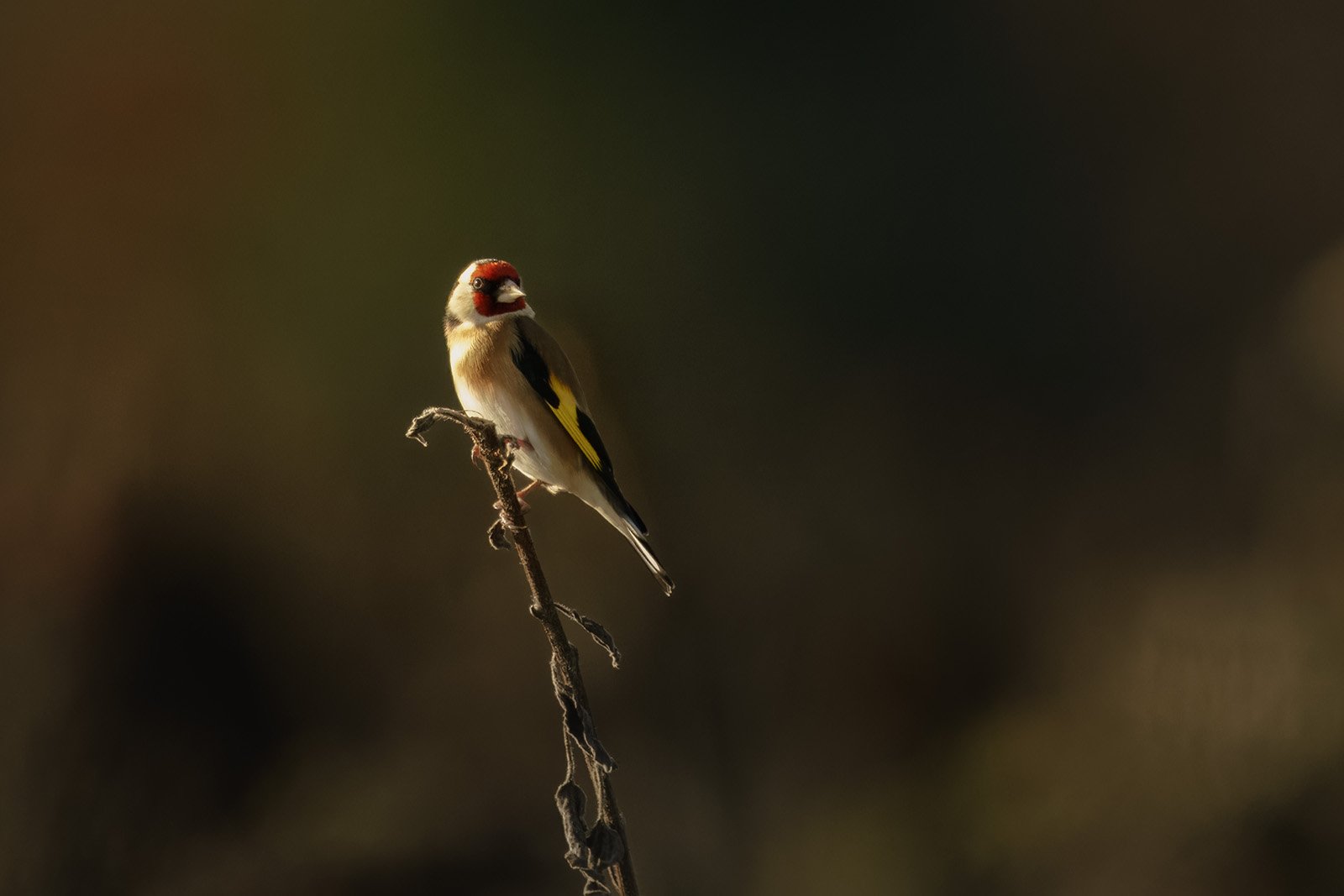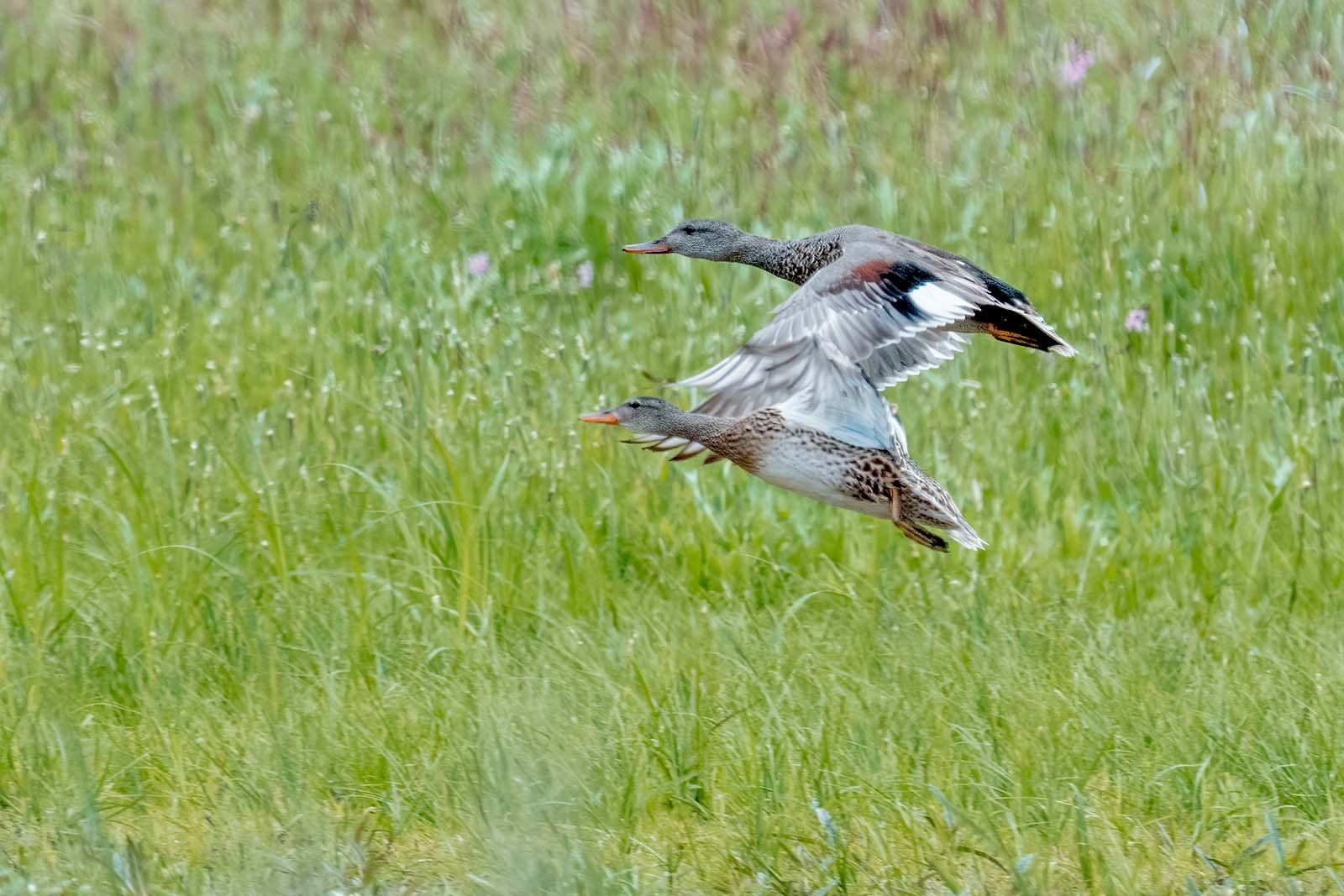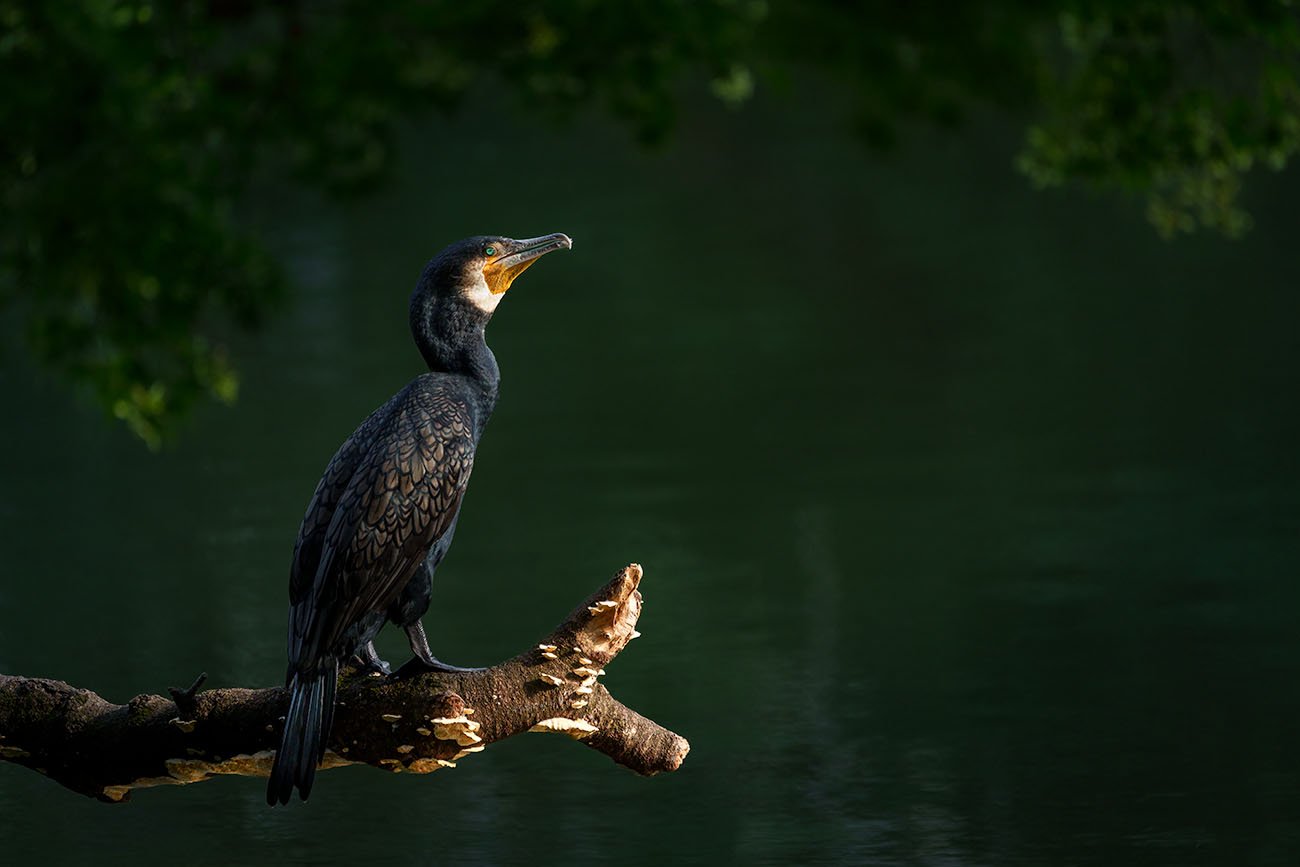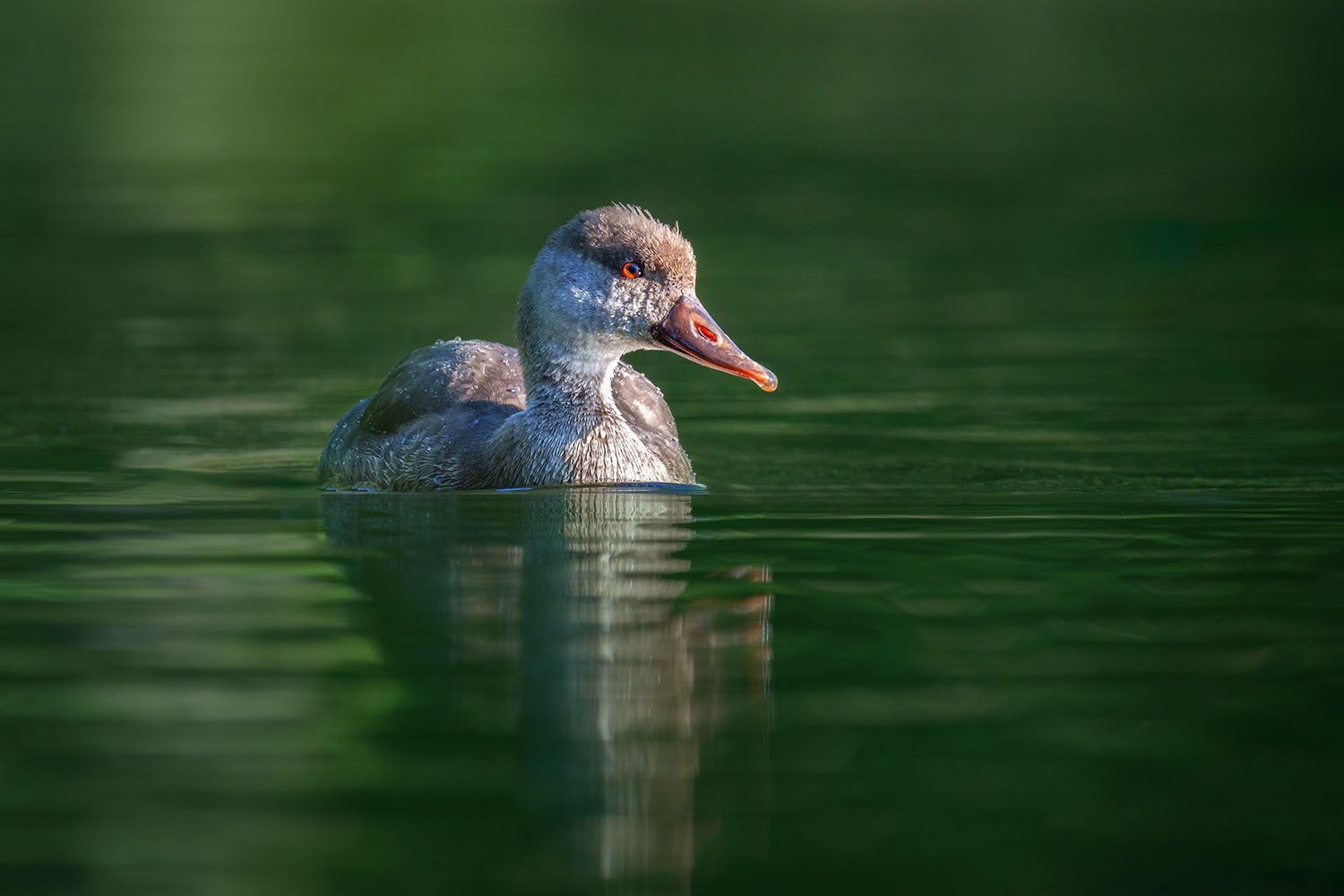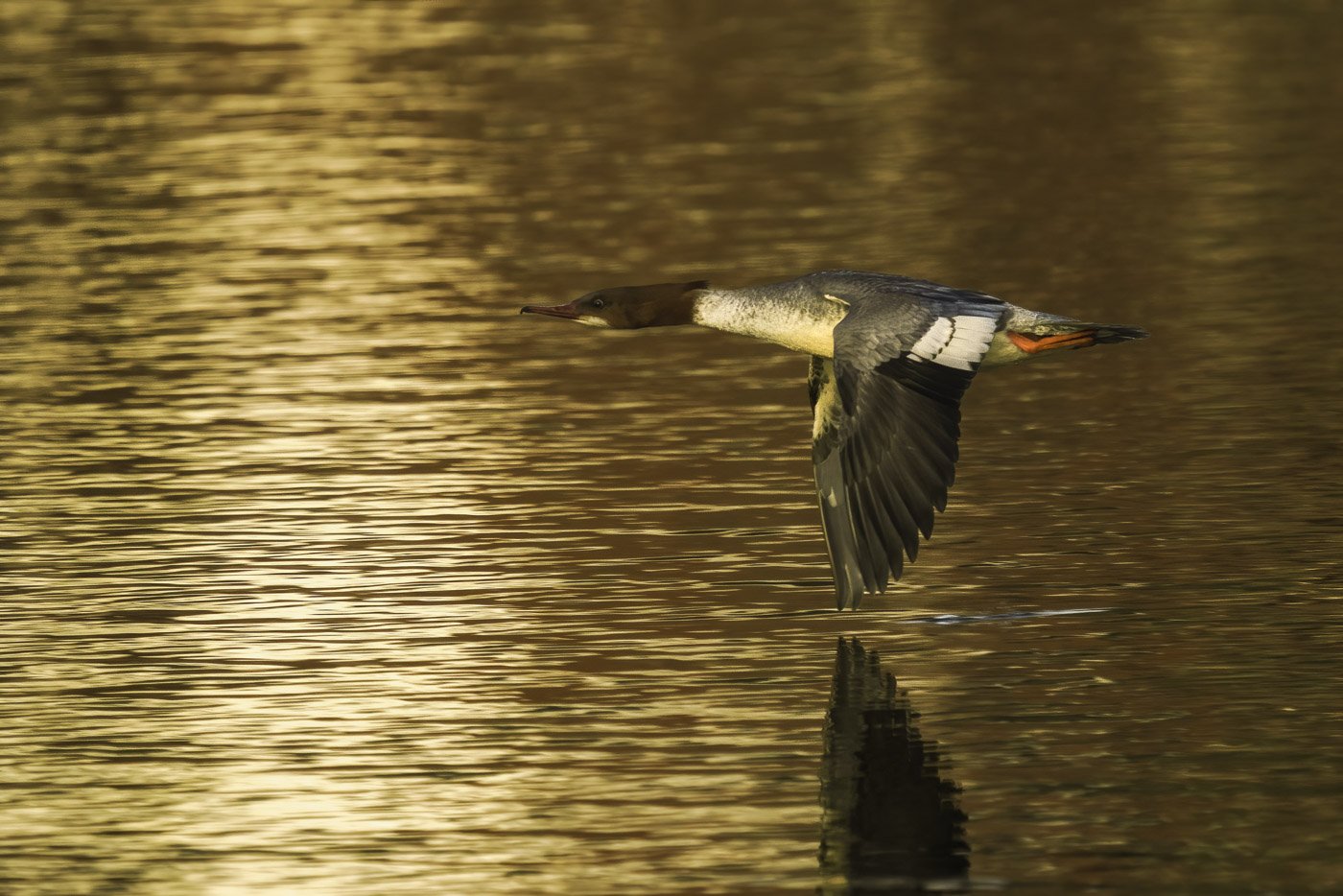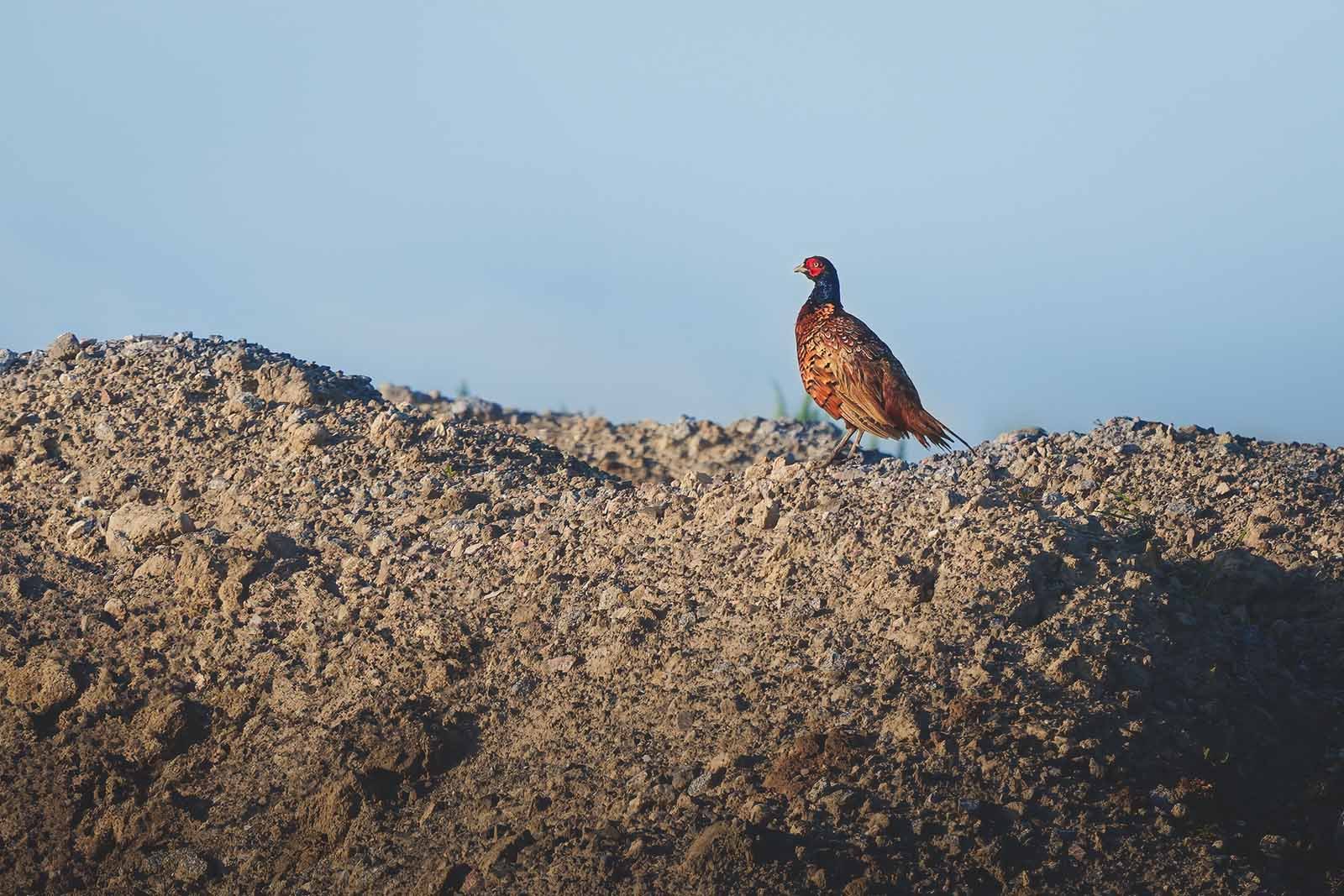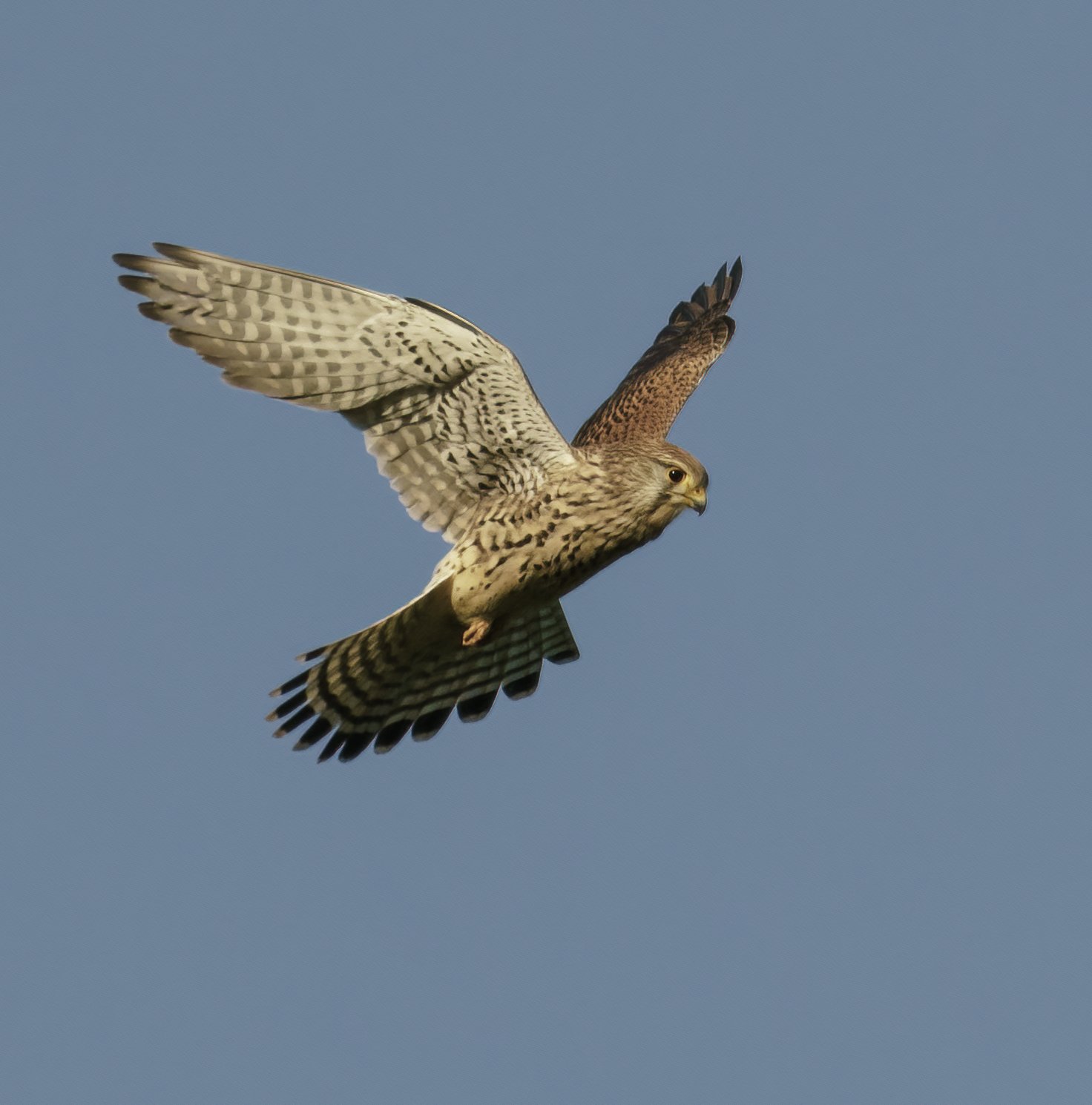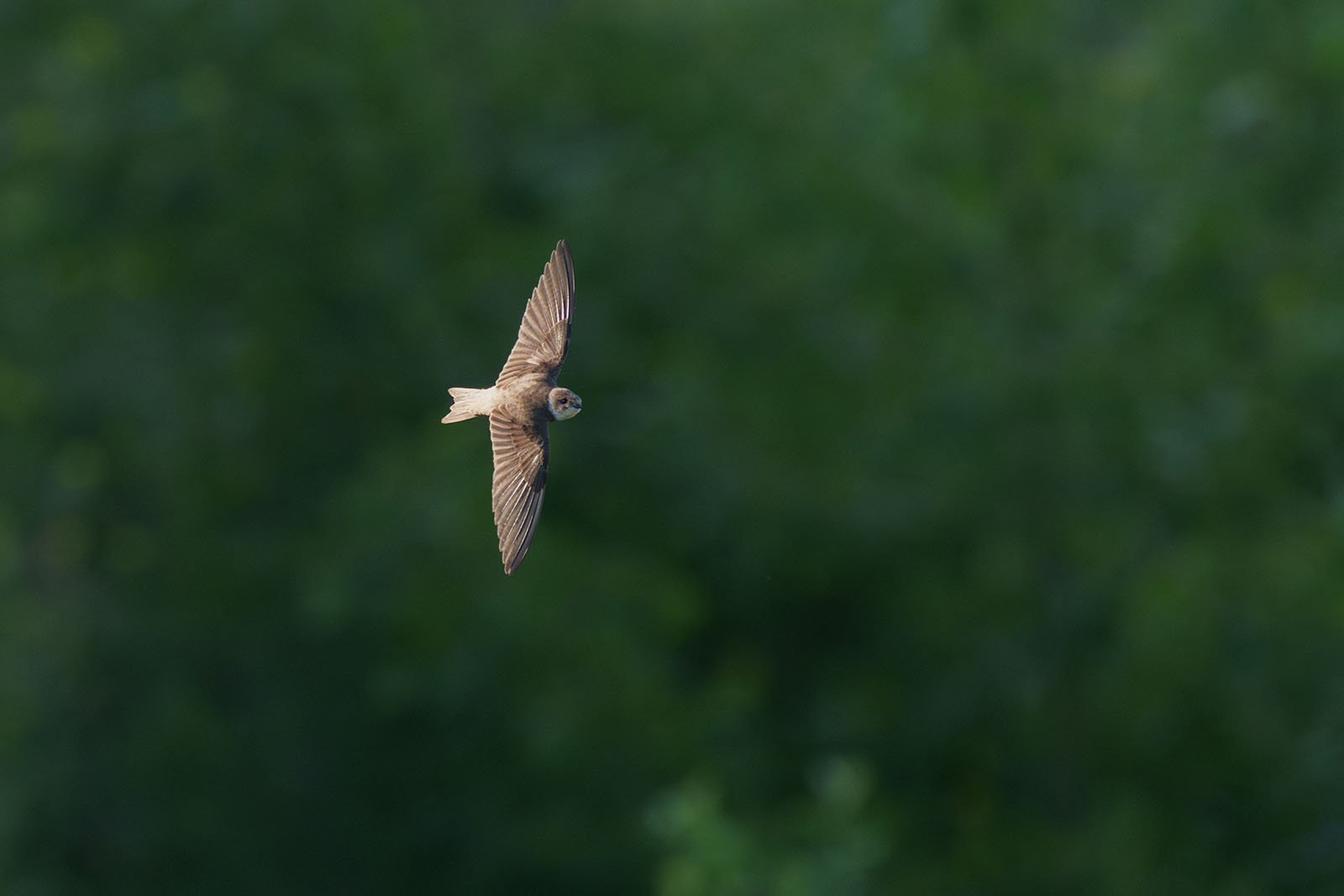Black Woodpecker (Dryocopus martius)
Black woodpecker (Dryocopus martius)
Black Woodpecker: Europe's Largest Woodpecker
The black woodpecker, Europe's largest woodpecker, stands out with its black plumage and red crown. Discover its habitat, behavior, and ecological importance!
Shortlist
- The black woodpecker (Dryocopus martius) is 40–46 cm in size and the largest woodpecker in Europe.
- Primary diet: Large ants like carpenter ants, larvae of wood-boring beetles, insects, and berries.
- Habitat: Old coniferous and mixed forests with beeches and pines, occasionally in city parks.
- Key features: Entirely black plumage, red crown in males, straight flight style.
- Unique traits: Creates new nesting cavities annually, benefiting other species.
Key Facts
- Scientific Name: Dryocopus martius
- Size: 40–46 cm
- Weight: Not specified
- Habitat: Old coniferous and mixed forests, large urban parks
- Diet: Ants, larvae, beetles, spiders, berries
- Seasonality: Found year-round in Central Europe
- Nest: New cavities built annually in old beech or pine trees
Table of Contents
- Introduction: The Black Giant of the Forests
- Appearance: Distinctive and Unmistakable
- Habitat and Distribution
- Diet: A Specialist in Ants and Beetle Larvae
- Reproduction: A Precision Cavity Builder
- Unique Traits: Importance for the Ecosystem
- FAQ: Frequently Asked Questions About the Black Woodpecker
1. Introduction: The Black Giant of the Forests
The black woodpecker (Dryocopus martius) is Europe's largest woodpecker and a remarkable resident of forests. With its entirely black plumage and red crown, it is a striking figure in its natural habitat.
This powerful woodpecker favors mature forests with beeches and pines, where it creates its nesting cavities. Its presence is often revealed by its loud drumming, used to establish territory. Though shy, the black woodpecker is a keystone species, providing essential nesting sites for other wildlife.
2. Appearance: Distinctive and Unmistakable
At up to 46 cm in length, the black woodpecker is impossible to confuse with other woodpeckers in Europe.
Key Features
- Plumage:
Entirely black with no additional markings, giving it a sleek and striking appearance. - Head:
- Males feature a bright red crown.
- Females have a smaller red patch limited to the back of the head.
- Beak:
Large, powerful, and pale in color—ideal for chiseling into wood. - Flight Style:
Straight, with irregular wingbeats, distinguishing it from other woodpeckers' undulating flight patterns.
The black woodpecker’s size and dark plumage make it stand out in its woodland habitat.
3. Habitat and Distribution
The black woodpecker thrives in old forests, requiring specific conditions to sustain its lifestyle.
Distribution
- Year-round Presence:
Widely found across Germany and Central Europe, though reliant on large forested areas. - Preferred Locations:
- Mature forests with a mix of beeches and pines.
- Occasionally inhabits large urban parks.
As an indicator species, the black woodpecker’s presence reflects the health and maturity of forest ecosystems.
4. Diet: A Specialist in Ants and Beetle Larvae
The black woodpecker is a skilled forager, specializing in extracting insects from wood.
Primary Diet
- Ants:
- Prefers large ants, such as carpenter ants, that nest in decayed wood or tree stumps.
- Larvae:
- Feeds on wood-boring beetle larvae, including those of bark beetles and longhorn beetles.
- Occasional Items:
- Other insects, spiders, and seasonal berries.
Its powerful beak enables the black woodpecker to drill deep holes into wood to access prey, playing a crucial role in controlling insect populations.
5. Reproduction: A Precision Cavity Builder
The black woodpecker is a master at creating nesting cavities, which are often reused by other species.
Breeding Behavior
- Cavity Construction:
- Annually carves out a new cavity, typically in old beech or pine trees.
- Construction takes 2–4 weeks and requires great precision and effort.
- Clutch Size:
- The female lays 3–5 eggs, incubated by both parents.
- Chick Development:
- Chicks leave the cavity after 3–4 weeks, ready to explore the forest.
These abandoned cavities provide crucial nesting sites for birds like stock doves, tawny owls, and even mammals such as squirrels and bats.
6. Unique Traits: Importance for the Ecosystem
The black woodpecker is a keystone species, contributing significantly to forest health and biodiversity.
- Cavity Creation:
- The nesting and roosting cavities left behind become vital habitats for other wildlife.
- Species such as owls, bats, and even insects depend on these cavities for shelter.
- Pest Control:
- By feeding on insect larvae and ants, the black woodpecker helps regulate populations of forest pests.
Its ecological contributions highlight the importance of preserving mature forests for the benefit of countless species.
7. FAQ: Frequently Asked Questions About the Black Woodpecker
1. How big is the black woodpecker?
It measures 40–46 cm in length, making it the largest woodpecker in Europe.
2. What does the black woodpecker eat?
Its diet includes carpenter ants, wood-boring beetle larvae, other insects, and berries.
3. Where does the black woodpecker live?
It inhabits old coniferous and mixed forests, as well as large urban parks with mature trees.
4. How does the black woodpecker build its nest?
Each year, it excavates a new cavity in a tree, usually in beech or pine, a process that takes 2–4 weeks.
5. Why is the black woodpecker important?
Its cavities provide essential nesting sites for many species, and it helps control forest pests by feeding on insect larvae.
The black woodpecker is an awe-inspiring bird, combining size, skill, and ecological importance. Its striking appearance and role as a forest caretaker make it a true marvel of European wildlife. Keep an ear out for its drumming and an eye on the treetops—you might just spot this magnificent woodpecker in action!



